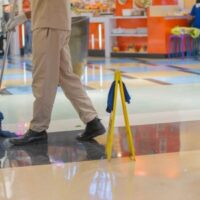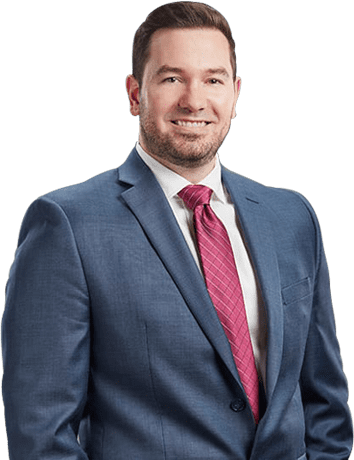I Fell at a Shopping Mall. Do I Have a Case?

Probably. Property owners, like most other people, have a duty of care. This legal duty usually includes a responsibility to ensure that commercial and non-commercial premises are safe and secure. In California, the extent of this duty hinges upon the application of several factors, which are discussed below.
Additionally, the basic evidence must be strong enough to withstand some common insurance company defenses. Despite what TV commercials imply, most insurance companies care nothing about what’s right for victims. But they care a lot about their own profits, and they hire large teams of lawyers to protect those profits. More on that below as well.
So, while shopping mall fall victims are “probably” entitled to compensation, only a partnership with a Carlsbad personal injury lawyer ensures maximum compensation for your serious injuries. This compensation usually includes money for economic losses, such as medical bills, and noneconomic losses, such as pain and suffering.
Duty of Care
This legal principle is based on a moral principle, the story of the Good Samaritan. This man went out of his way to help an injured traveler. Likewise, the duty of care requires property owners to go out of their way to ensure their guests are reasonably safe.
Some property owners must go further out of their way than others. Most states use a victim classification system to determine the precise duty of care. But California courts use several factors, such as:
- Likelihood a person would come onto the premises,
- Likelihood of serious injury,
- Cost to prevent injuries, and
- Owner’s knowledge of the fall injury hazard.
These factors point to a high duty of care for shopping mall owners, assuming they knew about the injury-causing hazard. Usually, this evidence could be direct or circumstantial.
Direct evidence of actual knowledge includes things like prior complaints about the hazard and restroom cleaning reports. Time/notice is circumstantial evidence of knowledge. Owners should know about long standing hazards and should address them.
Possible Defenses
Comparative fault, in one form or another, is the most common insurance company defense in fall injury claims.
Usually, insurance company lawyers argue that the victim didn’t watch where s/he was going. This defense is often effective if the victim was a young person who fell in a well-lit area. The further the facts stray from that ideal situation, the harder this form of comparative negligence is to prove.
Comparative fault could also involve a “Caution Wet Floor” or other warning sign. Such a warning sign could reduce the amount of compensation, if the insurance company proves the victim saw the sign, could read the sign, and could understand what the sign meant.
Once again, this form of comparative negligence is usually only effective in some situations. The extent of the duty of care, as outlined above, comes into play as well.
Usually, comparative fault reduces the compensation in a case. The open and obvious rule could eliminate compensation altogether.
Property owners aren’t liable for damages if an open and obvious hazard, like a sinkhole, substantially caused the victim’s injuries. “Open and obvious” is a relative phrase. Not everyone can see hazards well, and not everyone can avoid them easily.
Rely on a Savvy San Diego County Lawyer
Injury victims are entitled to substantial compensation. For a confidential consultation with an experienced personal injury lawyer in Oceanside, contact the Pursley Law Firm. The sooner you reach out to us, the sooner we start working for you.

